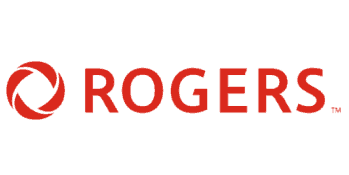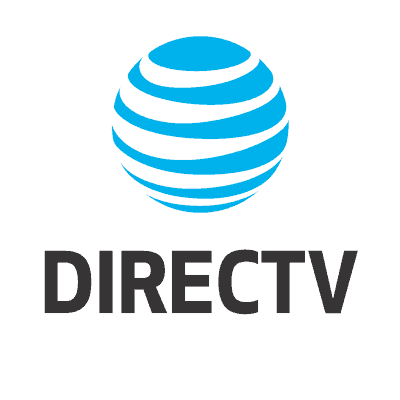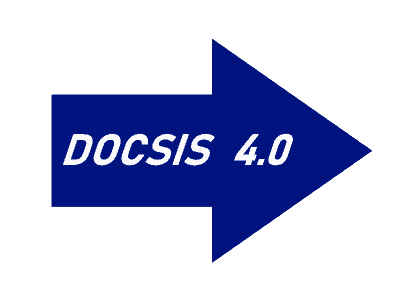 Facing no significant new competitive pressure, Charter Communications has put DOCSIS 4, capable of bringing dramatically faster internet service to Spectrum customers, on hold until 2022.
Facing no significant new competitive pressure, Charter Communications has put DOCSIS 4, capable of bringing dramatically faster internet service to Spectrum customers, on hold until 2022.
Speaking at today’s Bank of America 2020 Media, Communications & Entertainment Conference, Charter chief financial officer Chris Winfrey reassured Wall Street Charter had no plans to surprise shareholders with unplanned increased investment in its broadband service and is in no hurry to deliver DOCSIS 4’s faster internet to its customers.
“We’ll continue to develop the path for DOCSIS 4.0, but […] there’s no rush,” Winfrey said. “There’s still a lot to be excited about DOCSIS 3.1. It’s relatively untapped in terms of the throughout it can give us.”
Charter’s last significant upgrade effort was rolling out DOCSIS 3.1, a project that ended in 2018. Since that time, Charter has done little to raise internet speeds for all of its customers. Spectrum residential customers in some areas of the country receive 100/10 Mbps service while others receive 200/10 Mbps for the same price. Spectrum has dragged its feet on upgrading the remaining half of its footprint to 200 Mbps service, and there is no sign if or when it will upgrade the rest.
At the same time, Charter is petitioning the FCC to end important pro-consumer deal conditions that were required as part of the FCC’s approval of the 2016 merger between Charter and Time Warner Cable and Bright House Networks. The company is seeking to end a prohibition on implementing data caps.
Although the company denies it has any immediate plans to implement compulsory data caps, Charter’s announcement it has no plans to announce any new material spending on DOCSIS 4 for the next two years might leave customers with stagnant internet speed and the eventual introduction of data caps.
Winfrey assured investors the company does not have to rush investment on DOCSIS 4.0 upgrades.
“We’ll make sure [upgrades occur on] a normal cycle as opposed to a big bang upgrade,” Winfrey said. “I don’t think it will dramatically change our capital intensity profile.”
AT&T, one of Charter’s largest competitors, has concluded its fiber expansion project, which means Charter’s only new, near-future competitive threat will come from a handful of independent fiber overbuilders that offer gigabit internet speed in some cities at competitive pricing. But most overbuilders are capital constrained, limiting the pace of their expansion. That may explain why Charter does not feel any pressure to upgrade service, especially when the only alternative is slow speed DSL service from the phone company.


 Subscribe
Subscribe
 “It is out of the question to let this Quebec company move its head office to Ontario,” Legault said. “We talked this morning with Louis Audet […] and we’ll do whatever it takes to keep the head office here.”
“It is out of the question to let this Quebec company move its head office to Ontario,” Legault said. “We talked this morning with Louis Audet […] and we’ll do whatever it takes to keep the head office here.” Just five years after buying DirecTV for $49 billion, AT&T is looking to sell the satellite TV service after losing over 10 million customers because of repeated price hikes, network blackouts, and the ongoing shift to streaming online video.
Just five years after buying DirecTV for $49 billion, AT&T is looking to sell the satellite TV service after losing over 10 million customers because of repeated price hikes, network blackouts, and the ongoing shift to streaming online video.
 The forthcoming conversion of digital over-the-air TV stations from ATSC 1 to ATSC 3.0 will open up space for a new pay TV service that will bundle dozens of local and national channels with a video on demand service selling for as little as $20 a month.
The forthcoming conversion of digital over-the-air TV stations from ATSC 1 to ATSC 3.0 will open up space for a new pay TV service that will bundle dozens of local and national channels with a video on demand service selling for as little as $20 a month.